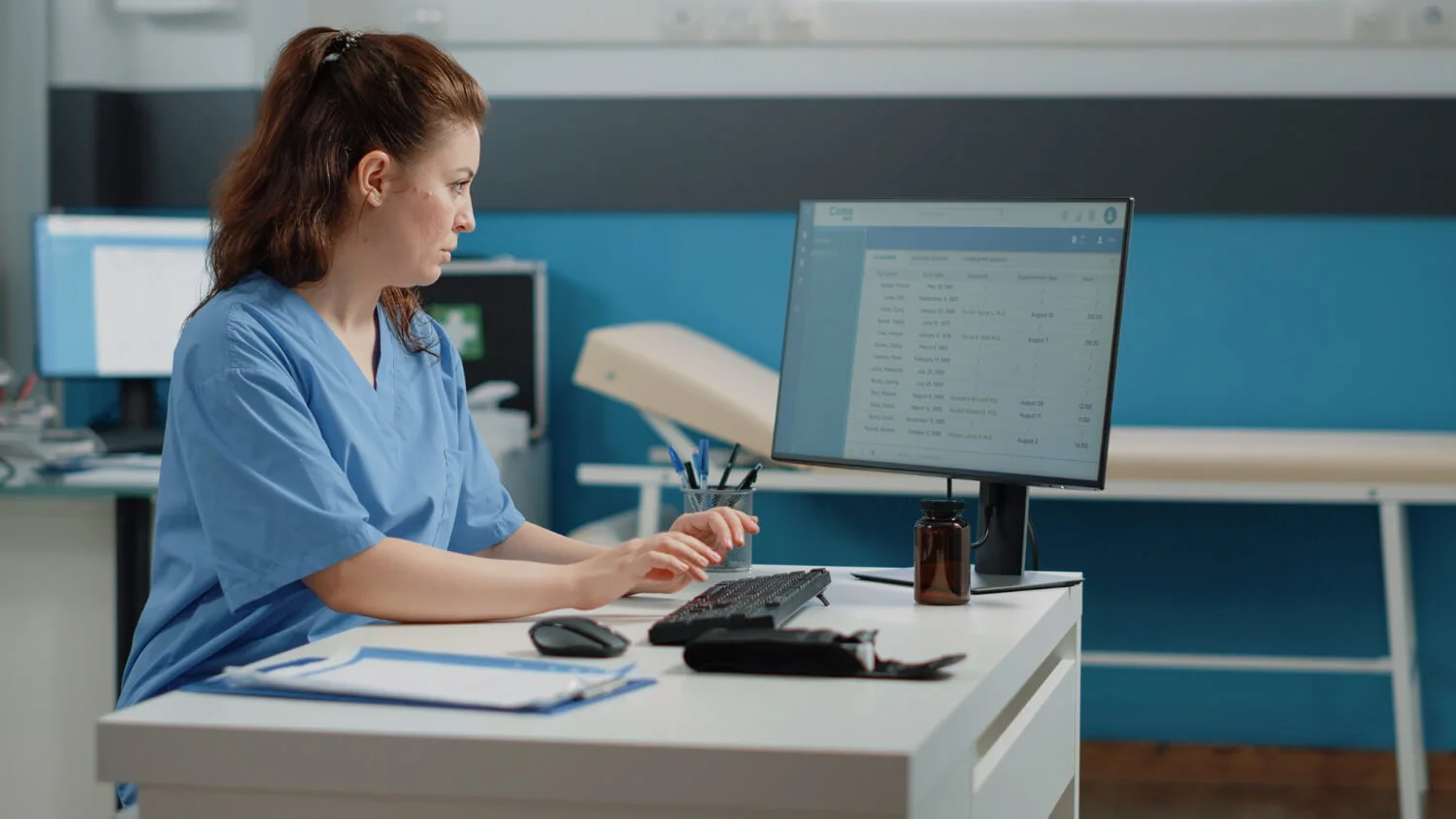POS 11 in Medical Billing Explained: Avoid Denials, Maximize Office Revenue
When it comes to medical billing, even a small mistake can lead to claim denials and lost revenue. One common reason for denied claims is using the wrong Place of Service (POS) code. For most office visits, the correct choice is POS 11 – Office. But what exactly does POS 11 mean, and why is it so important?
In this blog, we’ll explain POS 11 in plain language, show you when and how to use it correctly, and give you tips to avoid costly errors. By understanding POS 11, you can ensure your claims get paid faster, reduce denials, and keep your office’s revenue flowing smoothly.
What Is POS 11 in Medical Billing?
One of the most frequently used POS codes is POS 11, which identifies services rendered in a physician’s office or group practice. It applies to any non-hospital setting where a healthcare provider routinely sees patients for exams, diagnoses, and treatment.
According to CMS guidelines, POS 11 is defined as:
“Office – Location, other than a hospital or institutional setting, where health professionals routinely provide medical services.”
This code tells payers that the service occurred in a non-facility environment — meaning the provider is responsible for all overhead costs, from staffing and rent to medical equipment and supplies.
Because of this, POS 11 typically qualifies for the non-facility reimbursement rate, which is higher than the facility rate applied in hospital settings.
Why POS 11 Usage Impacts Reimbursement
Reimbursement varies depending on whether a service is performed in a facility or non-facility setting. Using POS 11 correctly ensures you’re paid under the non-facility fee schedule, which reflects the added costs of running an independent office.
Consider this example:
| CPT Code | POS 11 (Office) | POS 22 (Hospital Outpatient) |
| 99214 | $135 | $105 |
In this case, failing to apply POS 11 appropriately can cost your practice $30 per visit. Over the course of a month, that could mean thousands in lost revenue, simply from incorrect place-of-service coding.
How POS 11 Differs From Other Place of Service Codes
Selecting the wrong POS code can result in underpayments or rejected claims. Understanding how POS 11 differs from other common codes helps ensure billing accuracy:
| POS Code | Description | Example Setting |
| POS 11 | Physician’s Office (Non-Facility) | Private practice or clinic |
| POS 22 | Hospital Outpatient Department | Hospital-based outpatient visit |
| POS 02 | Telehealth Provided Elsewhere | Virtual visit from provider site |
| POS 10 | Telehealth from Patient’s Home | Virtual visit from home |
| POS 20 | Urgent Care Facility | Standalone urgent care clinic |
Choosing the correct code ensures not just compliance, but also eligibility for full reimbursement based on CPT and POS code pairings.
Common Errors When Using POS 11 in medical billing
Even small mistakes in POS code selection can lead to serious billing issues. Here are some frequent problems practices face with POS 11:
1. Misclassifying Hospital-Owned Clinics
A hospital-affiliated outpatient clinic may appear to function like a private office but must be billed as POS 22. Always verify ownership to avoid overpayments and future audits.
2. Incorrect Coding for Telehealth
Telehealth services are not eligible for POS 11. These should be coded with POS 02 or POS 10, depending on the patient’s location during the visit.
3. Insufficient Documentation
Auditors often flag POS 11 claims that lack clear documentation of the service location. Always specify the address and confirm the visit occurred in an eligible office setting.
4. Inconsistent Staff Coding
Coding discrepancies across departments or providers create confusion and increase claim rejection rates. Standardized procedures and medical billing compliance training can help.
Best Practices for Using POS 11 in medical billing Correctly
To avoid common mistakes and ensure accurate claims, practices should implement the following steps:
- Confirm the service location before assigning POS 11
- Document thoroughly: include provider name, office address, and visit details
- Train staff consistently: focus on facility vs. non-facility rules and payer updates
- Audit regularly: internal reviews can catch errors early in the billing process
- Use smart billing tools that help automate POS code validation in real-time
When billing under POS 11, these best practices reduce administrative rework and improve the consistency of office-based E/M coding.
Long-Term Billing Compliance
As reimbursement rules continue to evolve, especially under CMS and private payer policies, keeping up with CMS billing guidelines is essential. Billing errors don’t just lead to denials — they invite audits and potential repayment demands.
Incorporating POS checks into your revenue cycle management process strengthens compliance and accelerates claim turnaround.
Final Thoughts
Correctly using POS 11 in medical billing is about more than choosing a number — it’s about protecting your revenue, staying compliant, and improving the accuracy of your billing operations.
If your billing team hasn’t reviewed POS code usage lately, now is the time. A simple audit could uncover hidden revenue and streamline your claim approvals. Connect with us for best medical billing services in US — where your accuracy meets our expertise.








